Supercritical CO₂ Foam for Enhanced Oil Recovery and CCUS: Insights from Simulated Reservoirs
Supercritical CO₂ (ScCO₂) foam injection offers significant advancements in enhanced oil recovery techniques over traditional surfactant-alternating-gas (SAG) methods by utilizing its unique properties, such as low viscosity and high diffusivity, to optimize oil displacement and facilitate long-term carbon storage. Our research explores the stability and mobility of ScCO₂ foam across diverse operational conditions to closely replicate real reservoir scenarios using a heterogeneous sand pack system. The experimental setup involves injecting CO₂ with a surfactant-brine mixture at flow rates of 90-180 ml/min and foam qualities from 65% to 97%, under constant pressures of 1,200 psig and temperatures ranging from 50°C to 150°C. This setup is crucial for evaluating foam performance at scales approximating pilot projects, enabling precise monitoring of viscosity, pressure, and temperature. Key observations include higher apparent viscosities at critical foam qualities near 95%, essential for maintaining structural integrity in porous media. Results show that increased flow rates enhance viscosity, potentially improving sweep efficiency in EOR operations, while lower temperatures correlate with greater foam stability under reduced thermal stress. Moreover, downflow conditions slightly elevate viscosity, likely aided by gravity, which is advantageous for vertical EOR injection strategies. These insights underscore the effectiveness of ScCO₂ foam in both EOR and CCUS, providing valuable data to refine foam injection techniques and optimize CO₂ sequestration in varying reservoir conditions.

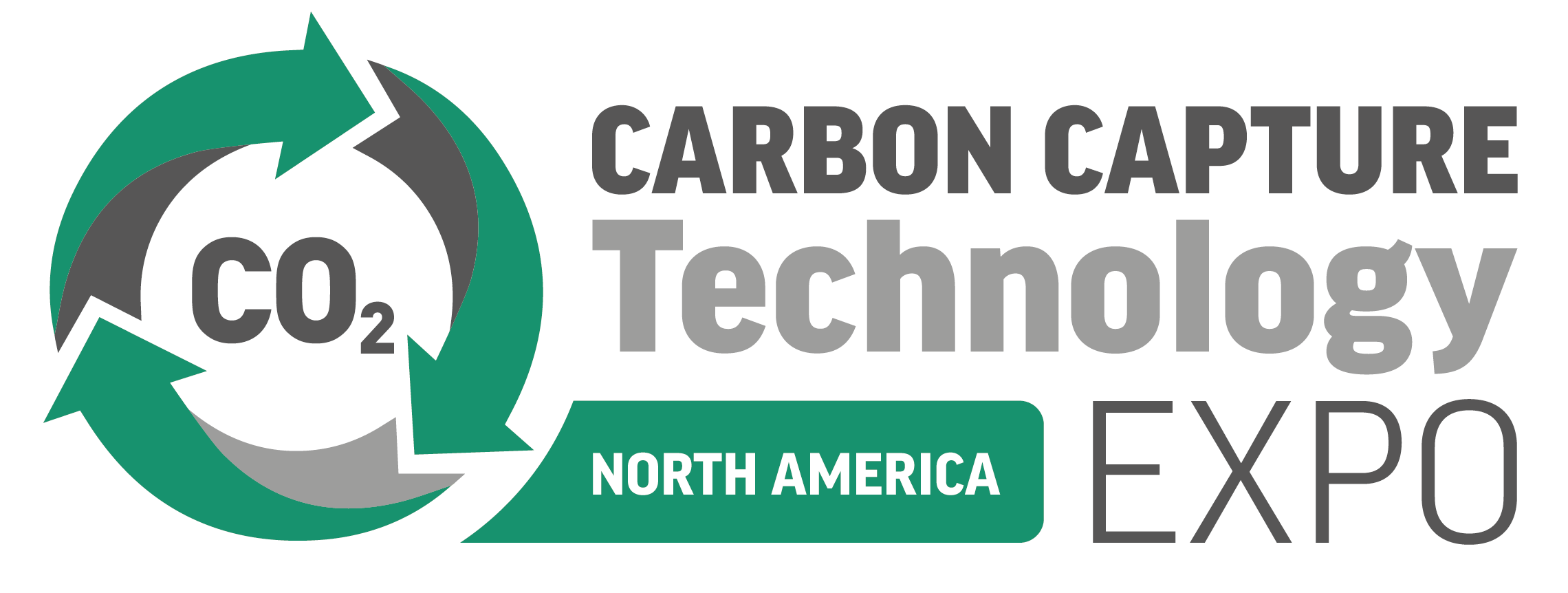
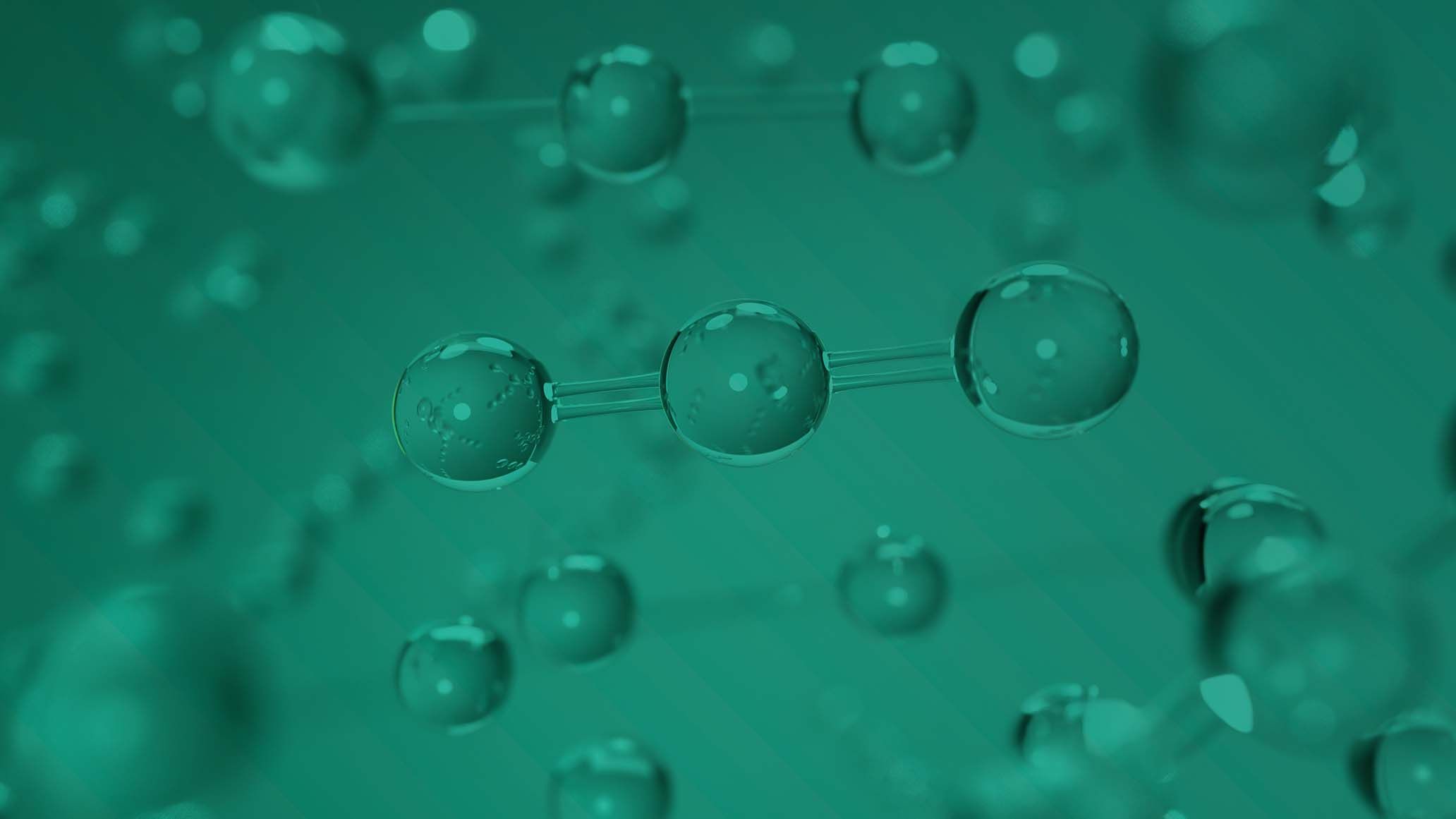

)
)
)
)
)
)
)



)
)
)
)
)
)
)
)
)
)
)
)
)
)
)
)
)
)
)
)
)
)
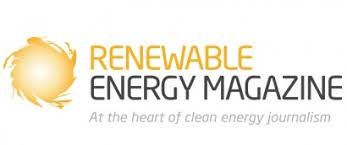
)

)
)
)

)
)
)
)
)
)
)
)
)
)
)

)

)
)
)
)
)
)
)
)
)
)


)
)
)
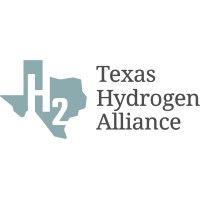
)
)
)
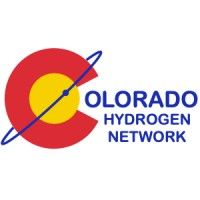
)
)
)
)
)
